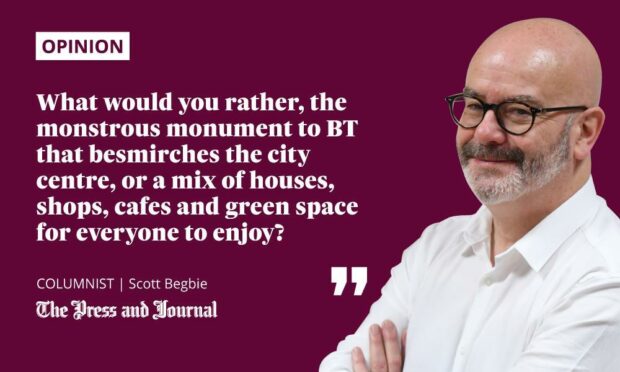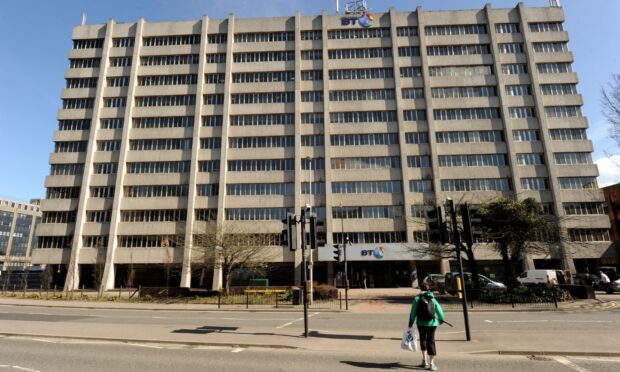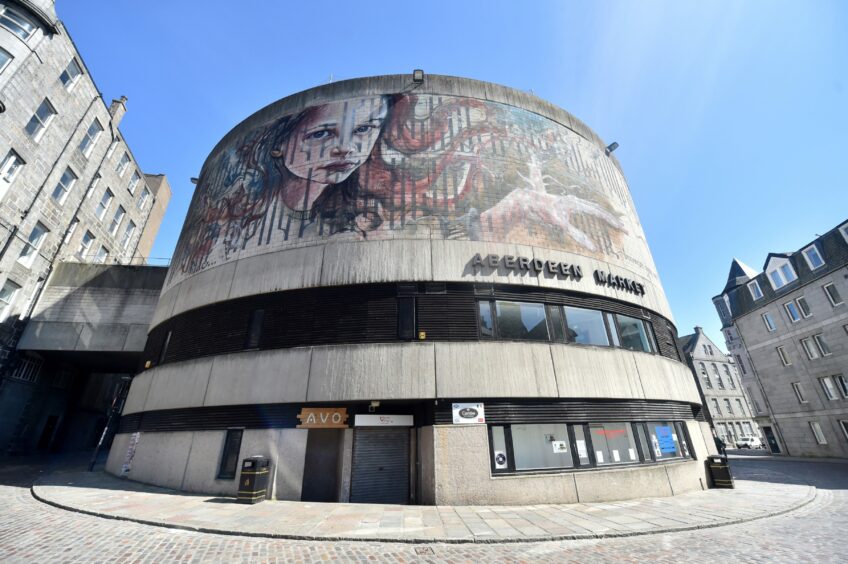Can I suggest when the wrecking ball turns up to do the business on the Aberdeen Market building, the cooncil get their money’s worth and run it through a couple of other blots on the cityscape?
Who wouldn’t be delighted to see New Telecom House razed to the ground, instead of towering over the railway station as a constant reminder of the worst failings of city centre planning and architecture?
This isn’t brutalist architecture, it’s just brutal. It’s a rotten tooth that needs pulled.

No doubt most folk in Aberdeen could offer up their own suggestions for “away with it” buildings. Which, obviously, raises the question of what you would put in its place on College Street.
Funny you should ask. It looks like the solution to the bad taste of the architects of the past can be found in the common sense and vision of the architects of the future.
So, take a bow all the clever RGU architecture students who have released their thoughts on how to transform the city centre in years to come.
The city should put people at its centre
There’s not a concrete bunker for offices or a dual carriageway running through the city centre in sight – no return to the 1960s and ’70s here, then. Instead, there are a series of suggestions for urban villages around city landmarks, more green spaces and fewer cars, more housing and local markets.
All of these things have one thing in common – people.
It’s not about putting buses back on Union Street or creating more parking spaces. Those are notions that belong in the dark ages of thinking the not-at-all lamented St Nicholas House was a good idea.
City centres don’t need more office blocks or – dare I say it – chain high street stores. The latter is what the likes of Union Square are for.
The heart of Aberdeen is crying out for people to not just work there, but to live there. To be able to afford houses there, to have local, independent and attractive shops there, have things to do, have a cafe culture, a healthy cultural life, spaces to hang out and enjoy. A place to live.
Joined-up thinking is finally happening
Fair dos to the council, its masterplan does reflect the idea of the city centre is a place for people. But there is a world of difference between a plan and reality.
There have been many a grand scheme come and go in past decades. Regeneration of the Torry waterfront, anyone?
But now we are seeing some joined-up thinking between planners and the architects of the future who could actually make things happen. That is something that should excite and engage us all, without the usual Aberdeen default setting of greeting any change with a wall of negativity.
What would you rather, the monstrous monument to BT that besmirches the city centre, or a mix of houses, shops, cafes and green space for everyone to enjoy?
It’s time to build a better future for Aberdeen together.
Scott Begbie is entertainment editor for The Press & Journal and Evening Express

